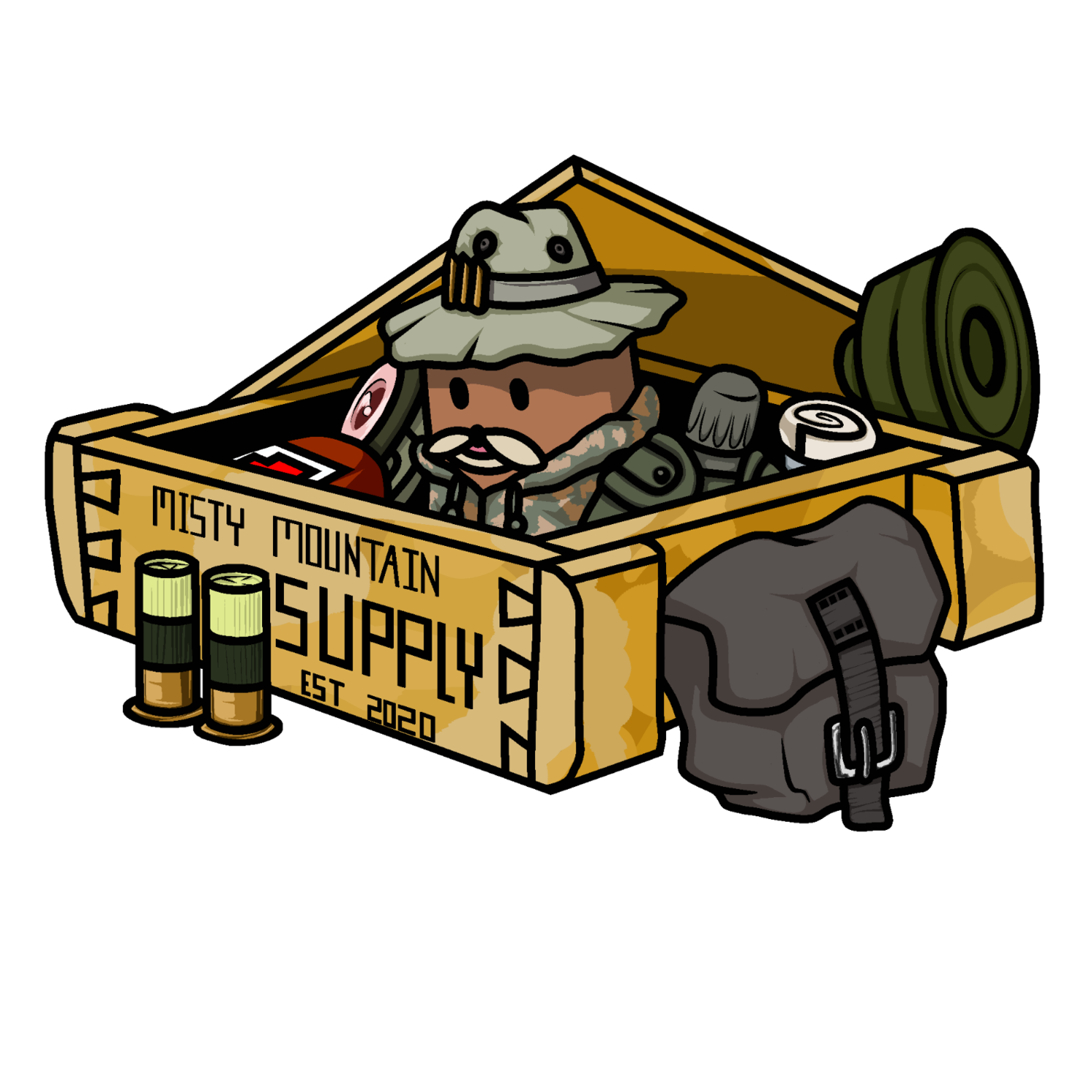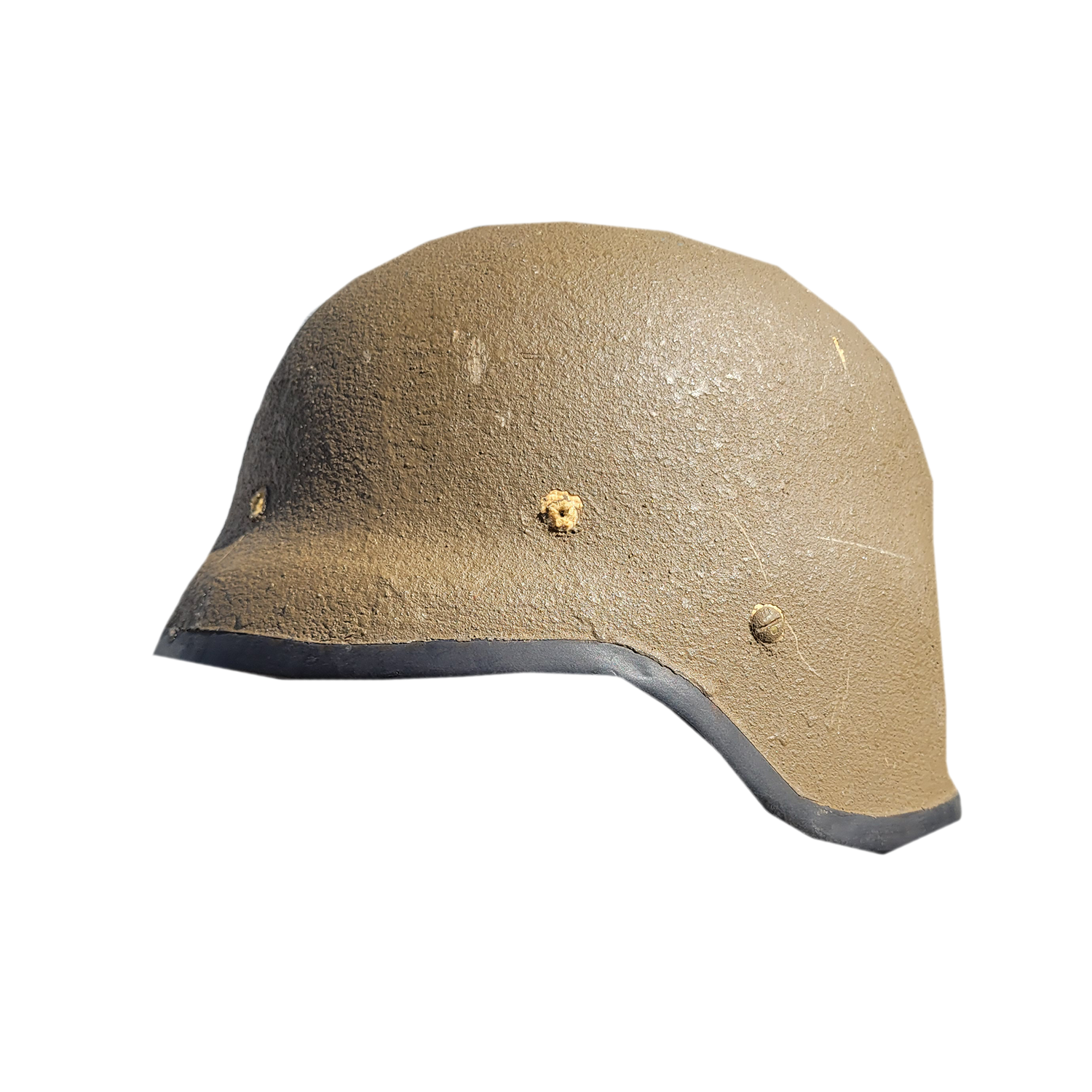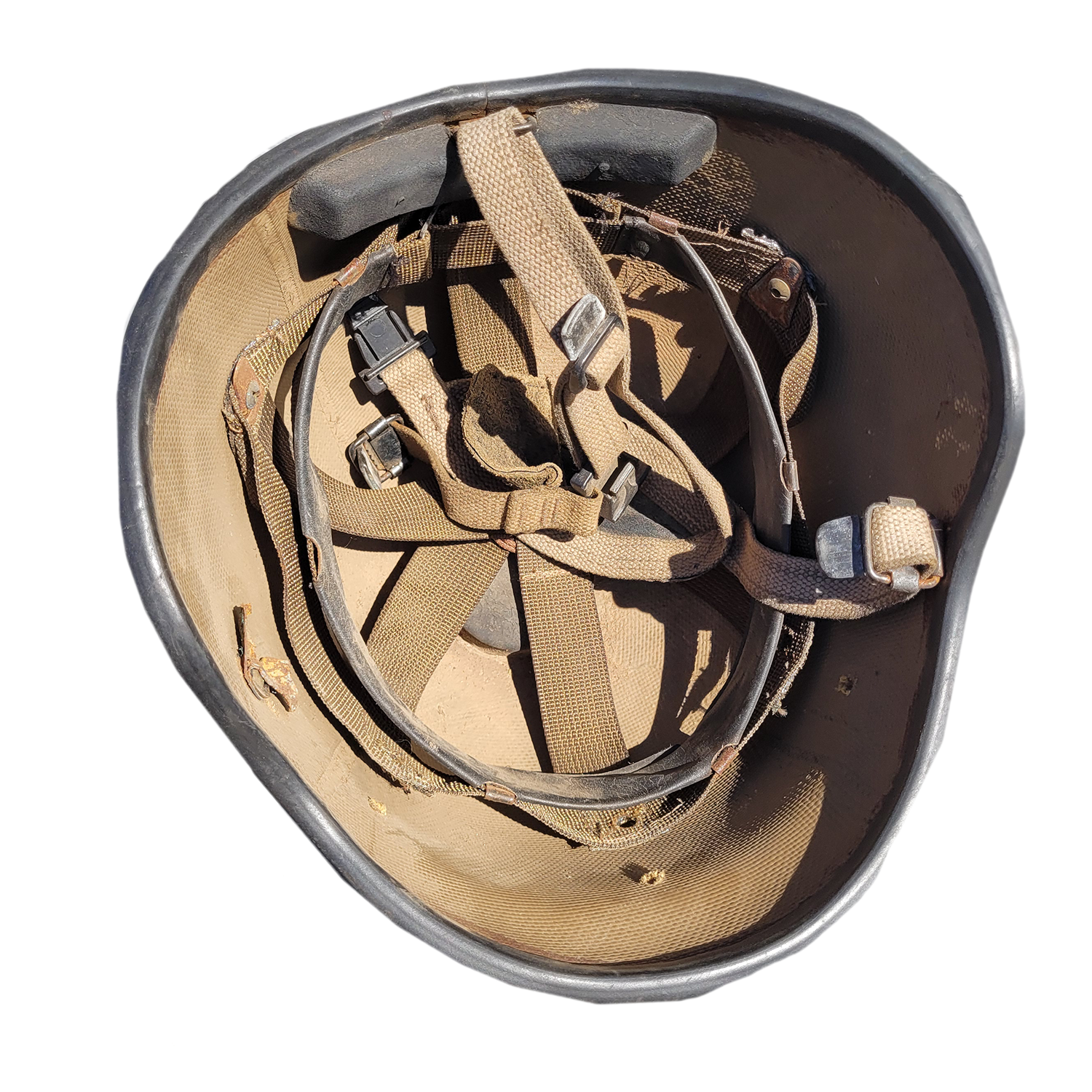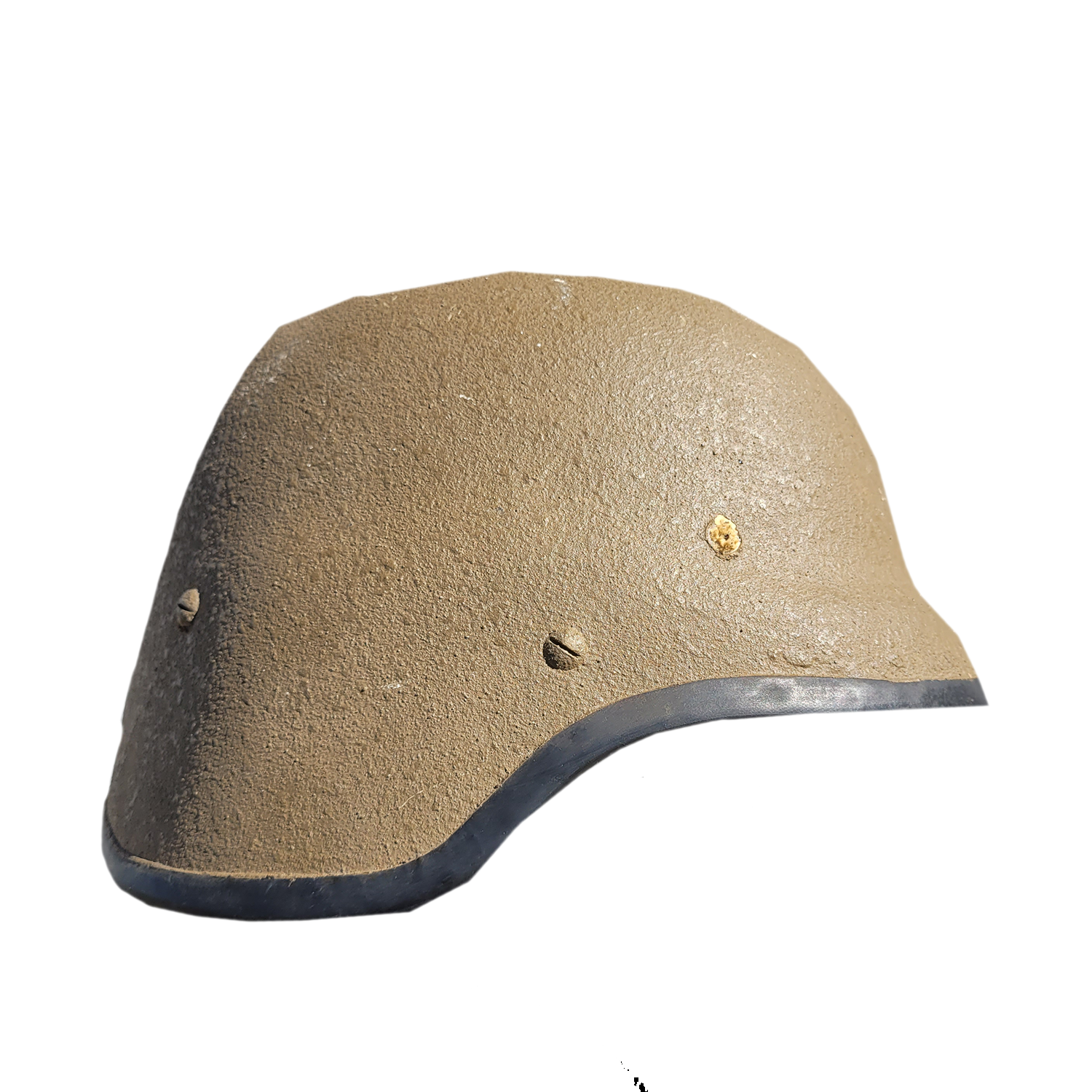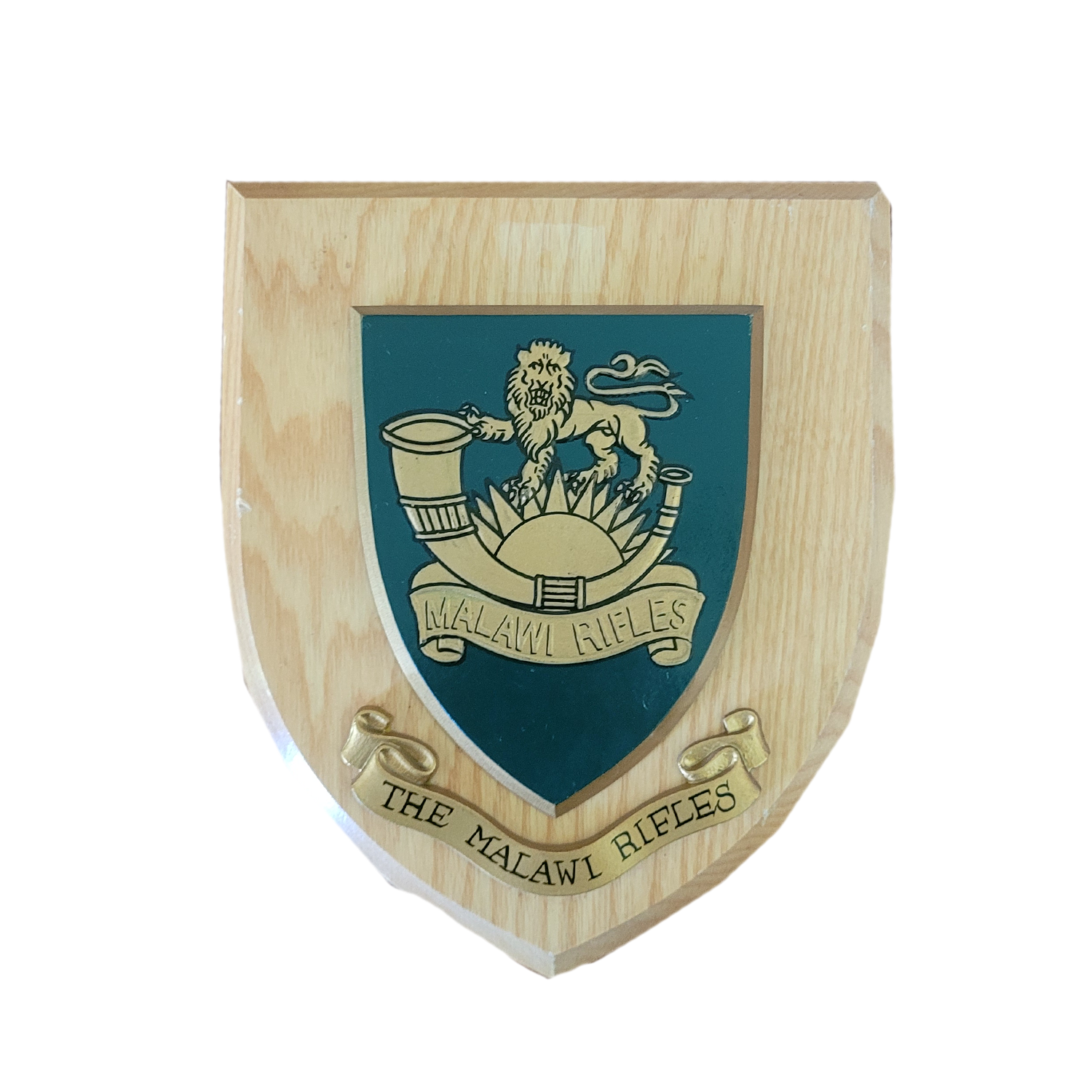 Image 1 of 4
Image 1 of 4

 Image 2 of 4
Image 2 of 4

 Image 3 of 4
Image 3 of 4

 Image 4 of 4
Image 4 of 4





Fireforce Ventures Rhodesian Brushstroke 2nd Pattern Short Sleeve Combat Shirt
Affordable cammies for anti-commies
The Rhodesian Brushstroke pattern is legendary, from it's inception during the Rhodesian Bush War, to later service throughout Africa, a variant to this day remains the standard camouflage pattern of the Zimbabwe National Army. The pattern itself originates from the need of the Southern Rhodesian military to replace it's aging supply of olive and khaki drill uniforms in the early 1960s. Development began with the David Whitehead Textiles production facility in Salisbury, with designer Diana Cameron creating what would become the 1st and 2nd patterns of what would become known as "Rhodesian Brushstroke". Taking huge inspiration from earlier British Denison colours and styles, the 1st pattern was somewhat muted with an overall tan hue and relatively little contrast. Further utilizing the greens of the contemporary Portuguese and French Lizard patterns, and finalized 2nd pattern was developed.
The result was a camouflage scheme with a sharp contrast that ingeniously simulated natural colours of the bush and remained effective even as the intense African sun faded the overall pattern. The incredible "2nd Pattern, Rhodesian Brushstroke" was quickly adopted at the time of the Rhodesian Unilateral Declaration of Independence in 1965. Beginning with the issue of distinctively British garments styled off of older "Khaki Drill" and "Battle Dress" uniforms, Rhodesian Army issue garments evolved to become simpler to produce and more utilitarian. As the Rhodesian Bush War ramped up through the 1970s, the garments and accompanying equipment were outsourced by a wide variety of home grown Rhodesian companies including City Clothing Factory, Ferera, John Rowett & Sons, Statesman, Paramount, Trako, and many others. The garments featured John Whitehead produced fabrics, or in-house produced fabrics featuring the exact same shapes of the original 2nd pattern prints with slight changes to individual colours. This was also accompanied by the production of various "knock-off" aftermarket patterns by companies such as Monogram, or Lord Kitchener, that individual servicemen could purchase to supplement their supply of official army issue Rhodesian Brushstroke.
Tens of thousands of "2nd Pattern, Rhodesian Brushstroke" garments were produced during the course of the Rhodesian Bush War and into the early 1980s, and were reissued out to the Zimbabwean National Army. Individual ex-Rhodesians also exported or otherwise smuggled out a large number of Rhodesian Brushstroke garments that saw continued military service or were otherwise repurposed as recreational garments. A small number of original and defective prints survive the end of the Bush War, where many were exported to neighbouring South Africa and possibly even as far as Spain, where most were used as the basis for relatively shoddy Adro-Adler or Sacan reproduction patterns. These reproductions have mixed into the availability of Rhodesian Brushstroke into the 21st century, along with the ever fewer numbers of prized original examples.
We're proud to offer this outstanding pattern, reproduced in the same pattern and cut that was issued to members of the Rhodesian Security Forces, based off the extremely common "Statesman" manufactured variant that saw extensive use from the mid 1970s, until the end of the Bush War. Designed to be tucked into trousers, this shirt works well as a hard wearing uniform shirt in temperate/tropical environments.
We are extremely proud to be reproducing a piece of military history! Don't be fooled by cheap imitations. Fireforce Ventures is proud to be the only company on the market today to have authentically reproduced the Rhodesian Brushstroke pattern to original David Whitehead Textiles Ltd. specifications, sizes and shapes based off an unissued fabric bolt from 1979.
Features:
100% cotton twill construction in Rhodesian Brushstroke
Authentic design based off uniform shirts manufactured by “Statesman” during the Rhodesian Bush War
2x chest pleated pockets
Period accurate 2-hole green buttons
Button secured shoulder epaulettes
Period accurate hemmed short sleeves, seen in various photographs and modified either directly by "Statesman" or unit level tailors
Sizing Guide:
Small: 36-38 inch chest, 5'6-5'8 height
Medium: 38-40 inch chest, 5'9-5'11 height
Large: 40-42 inch chest, 6'0-6'2 height
XL: 42-44 inch chest, 6'1-6'3 height
2XL: 44-48 inch chest, 6'4+ height
3XL: 46-50 inch chest, 6'4+ height
Affordable cammies for anti-commies
The Rhodesian Brushstroke pattern is legendary, from it's inception during the Rhodesian Bush War, to later service throughout Africa, a variant to this day remains the standard camouflage pattern of the Zimbabwe National Army. The pattern itself originates from the need of the Southern Rhodesian military to replace it's aging supply of olive and khaki drill uniforms in the early 1960s. Development began with the David Whitehead Textiles production facility in Salisbury, with designer Diana Cameron creating what would become the 1st and 2nd patterns of what would become known as "Rhodesian Brushstroke". Taking huge inspiration from earlier British Denison colours and styles, the 1st pattern was somewhat muted with an overall tan hue and relatively little contrast. Further utilizing the greens of the contemporary Portuguese and French Lizard patterns, and finalized 2nd pattern was developed.
The result was a camouflage scheme with a sharp contrast that ingeniously simulated natural colours of the bush and remained effective even as the intense African sun faded the overall pattern. The incredible "2nd Pattern, Rhodesian Brushstroke" was quickly adopted at the time of the Rhodesian Unilateral Declaration of Independence in 1965. Beginning with the issue of distinctively British garments styled off of older "Khaki Drill" and "Battle Dress" uniforms, Rhodesian Army issue garments evolved to become simpler to produce and more utilitarian. As the Rhodesian Bush War ramped up through the 1970s, the garments and accompanying equipment were outsourced by a wide variety of home grown Rhodesian companies including City Clothing Factory, Ferera, John Rowett & Sons, Statesman, Paramount, Trako, and many others. The garments featured John Whitehead produced fabrics, or in-house produced fabrics featuring the exact same shapes of the original 2nd pattern prints with slight changes to individual colours. This was also accompanied by the production of various "knock-off" aftermarket patterns by companies such as Monogram, or Lord Kitchener, that individual servicemen could purchase to supplement their supply of official army issue Rhodesian Brushstroke.
Tens of thousands of "2nd Pattern, Rhodesian Brushstroke" garments were produced during the course of the Rhodesian Bush War and into the early 1980s, and were reissued out to the Zimbabwean National Army. Individual ex-Rhodesians also exported or otherwise smuggled out a large number of Rhodesian Brushstroke garments that saw continued military service or were otherwise repurposed as recreational garments. A small number of original and defective prints survive the end of the Bush War, where many were exported to neighbouring South Africa and possibly even as far as Spain, where most were used as the basis for relatively shoddy Adro-Adler or Sacan reproduction patterns. These reproductions have mixed into the availability of Rhodesian Brushstroke into the 21st century, along with the ever fewer numbers of prized original examples.
We're proud to offer this outstanding pattern, reproduced in the same pattern and cut that was issued to members of the Rhodesian Security Forces, based off the extremely common "Statesman" manufactured variant that saw extensive use from the mid 1970s, until the end of the Bush War. Designed to be tucked into trousers, this shirt works well as a hard wearing uniform shirt in temperate/tropical environments.
We are extremely proud to be reproducing a piece of military history! Don't be fooled by cheap imitations. Fireforce Ventures is proud to be the only company on the market today to have authentically reproduced the Rhodesian Brushstroke pattern to original David Whitehead Textiles Ltd. specifications, sizes and shapes based off an unissued fabric bolt from 1979.
Features:
100% cotton twill construction in Rhodesian Brushstroke
Authentic design based off uniform shirts manufactured by “Statesman” during the Rhodesian Bush War
2x chest pleated pockets
Period accurate 2-hole green buttons
Button secured shoulder epaulettes
Period accurate hemmed short sleeves, seen in various photographs and modified either directly by "Statesman" or unit level tailors
Sizing Guide:
Small: 36-38 inch chest, 5'6-5'8 height
Medium: 38-40 inch chest, 5'9-5'11 height
Large: 40-42 inch chest, 6'0-6'2 height
XL: 42-44 inch chest, 6'1-6'3 height
2XL: 44-48 inch chest, 6'4+ height
3XL: 46-50 inch chest, 6'4+ height
